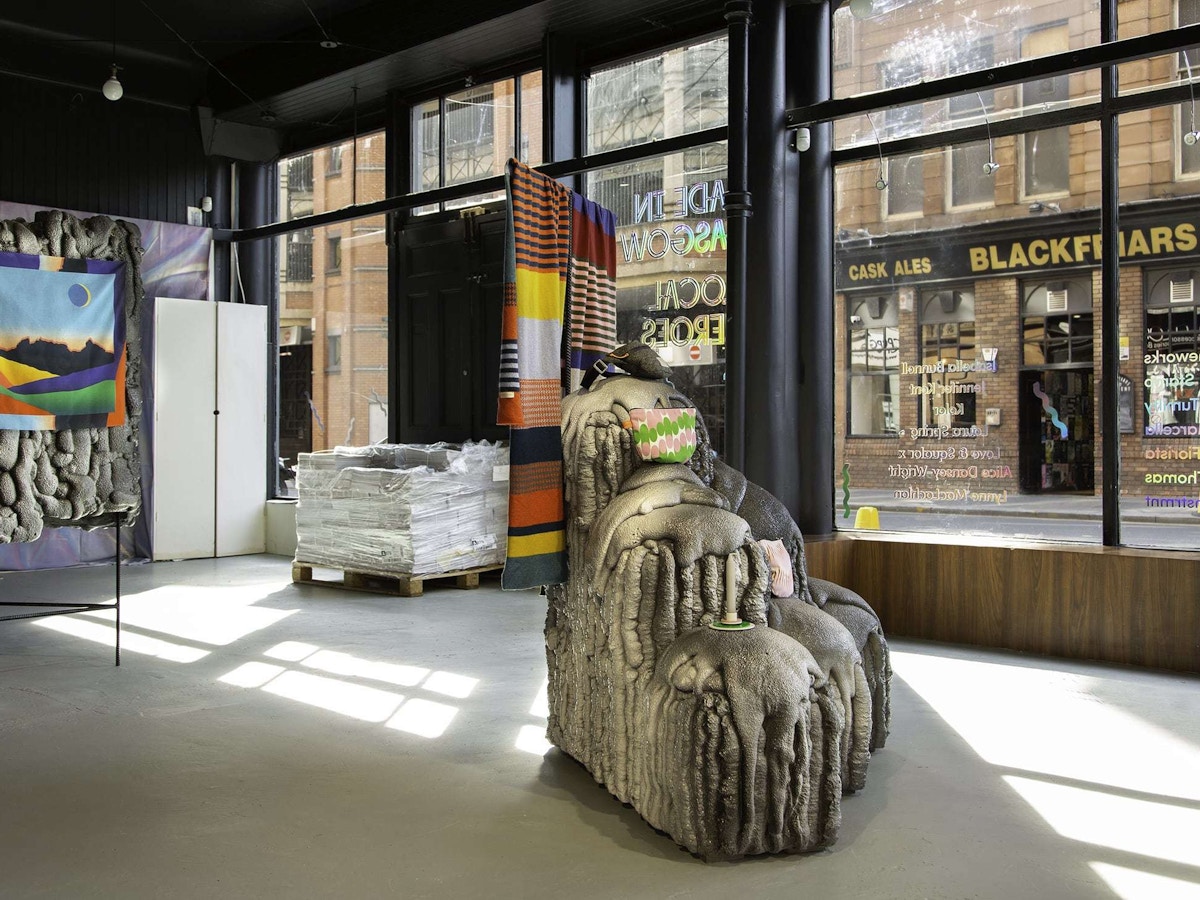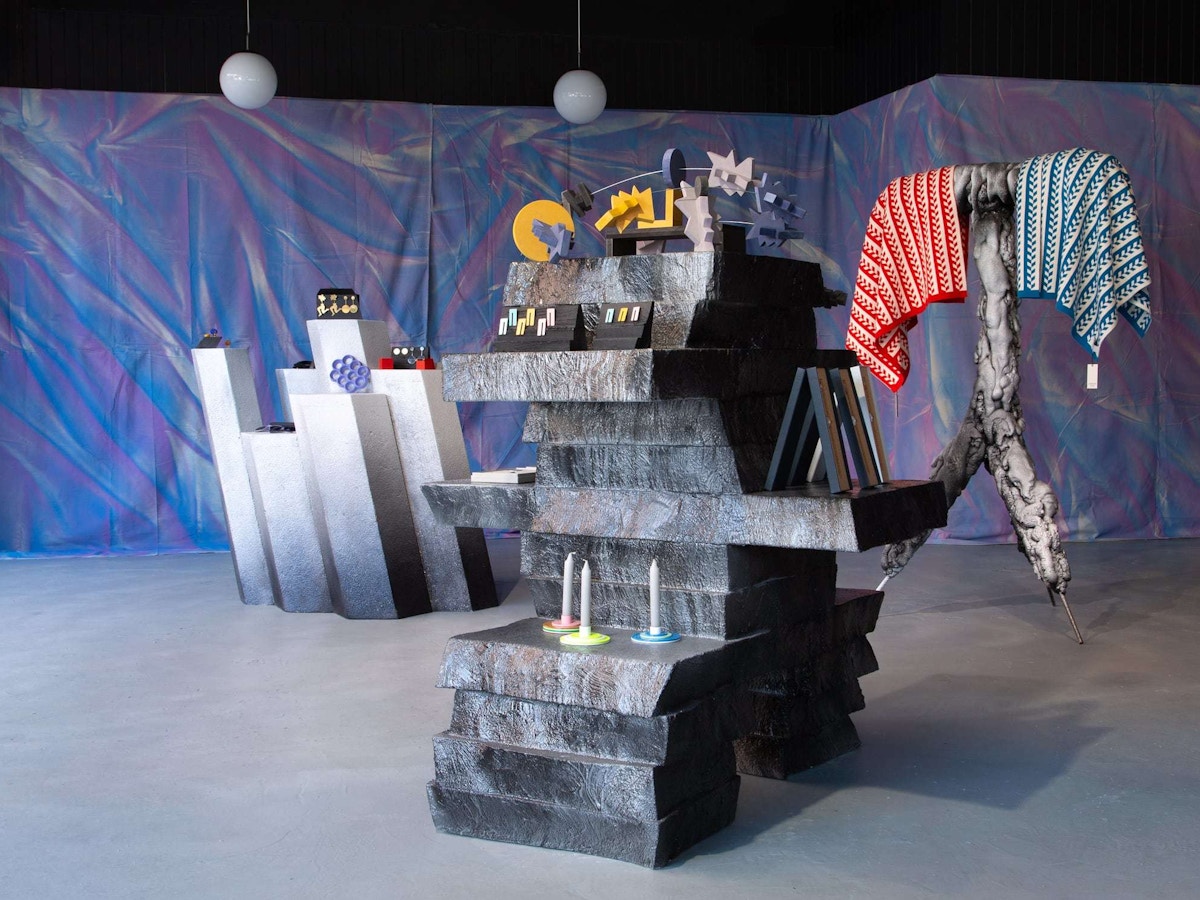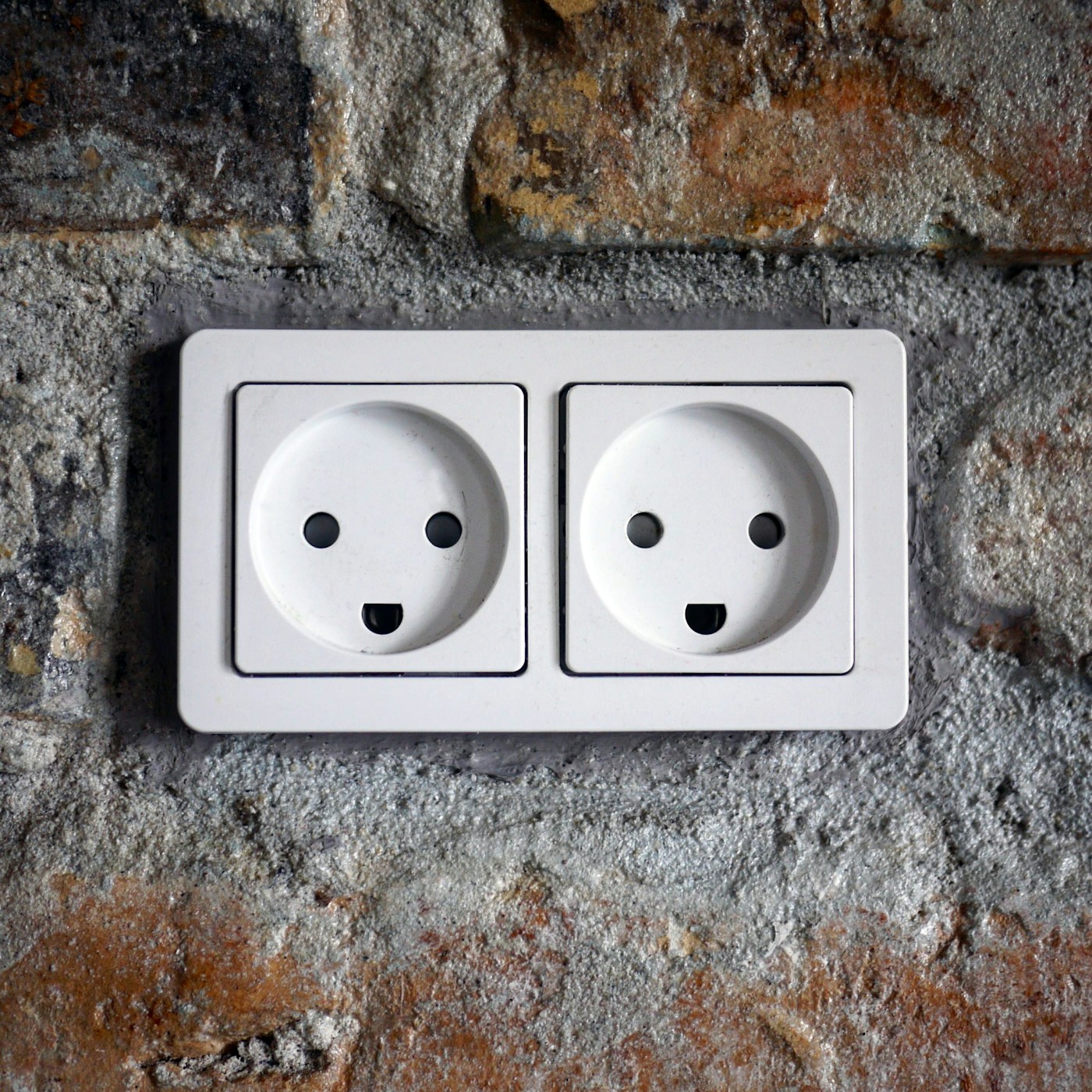In recent years there has been a lot of discussion around the opportunities available to Scotland in the near future. The notion that one day we could be like one of those Scandinavian nations. Prosperous, enlightened and genuinely happy. A great place to live. However in my rather modest travels I have noticed a fundamental difference between Scotland (or the UK) and say, Denmark. I believe that creativity sits at the centre of this difference.
Travel to Copenhagen and you gradually become aware of the fact that great design (in its widest sense) is endemic. It doesn’t hit you right away, it gradually creeps up on you. Initially just those small things that are, at first, simply incredibly pleasing. The way metal meets wood on the handrail of a staircase. The ticketing system for the underground trains. The way the roads prioritise cyclists and pedestrians but not to the detriment of essential traffic. Then gradually it dawns on you that every single thing has been properly considered and designed in such a way as to deliver the best possible experience for the user. That user (you) has been genuinely thought about and cared for. The design is human. The collective impression of all this thought is really compelling, a tangible sense that life is better. Because it is. That is the power of design.

Look around you now. How many things can you see that have been designed? The list of what hasn’t been is probably much shorter. Now imagine if all of those things had been designed with as much thought, care and attention as possible.
The creative industries in Scotland are already punching above their weight. Even within design (the discipline I know best) businesses based here are trading globally. My company, Graphical House, is currently working on live projects in the USA and India. We have also worked in Vietnam, Japan, Beirut and all over Europe. We are delivering large scale projects that have compelling results. Our work with Idaho based period care start-up Saalt has helped them increase revenues tenfold in the last two years.
And we are not alone, even within the small group of companies I can call friends there is barely a region of the planet that isn’t benefiting from design expertise grown in Scotland. All with minimal or non-existent support.



Often in Scotland we refer back to what has been achieved in the past. The television, the telephone, the fax machine, the toaster, the list goes on. Number ones. It’s true that much of what is celebrated about Scottish Design around the world is intrinsically linked to a sense of heritage, or maybe provenance is a better word. But how often do we truly celebrate what is happening now, and what could happen if we nurture and support new ideas.
Dr Stacey Hunter of Local Heroes is a champion for design in Scotland. She believes that design is thriving here, that it is prized overseas but that there is much, much more that we can do to improve the industry’s contribution to both our economy and our quality of life.



In an article in The Scotsman last year Stacey talked about her experiences and observations whilst travelling in Japan. Observations about how the nation at once ‘appreciates heritage and tradition’ whilst ‘celebrating contemporary design culture’. About how ‘it is perfectly normal to see well produced, intelligent design exhibitions in shopping centres in Tokyo. In fact it’s perfectly ordinary to see high quality, contemporary design in public spaces all over Japan’.
This is a country that values design at every level. Not just aesthetics but systems and tools. When did you last see a great design show here? Well, maybe it was in the last year but it was almost certainly produced by Stacey and Local Heroes.



Some might say that great design requires a blossoming economy. But design doesn’t have to be expensive, it just needs to be a priority. Good design will support and grow an economy. For example research suggests that £1 spent on design can lead to an increase of over £20 in turnover. And that brand consistency, through design and systems, can lead to a 33% increase in revenues.
The potential for economic growth through design thinking in Scotland and the UK is huge. Imagine how that expands once you begin to properly support and nurture the export of these products and services globally.
In the last few years many things have changed. We are in a time of flux. Some of us will feel that these changes will be of benefit. Some of us will feel a lot less sure about that. Whatever you feel it seems to make sense to strive to make the best of our situation. To look at ourselves, how we live and work and to make improvements where we can but also to look beyond ourselves, beyond our immediate communities, beyond our nation.
We have some amazing opportunities ahead of us. Even as close as November 2020, when Glasgow will be hosting the COP 26 United Nations Climate Change Summit. What an incredible platform to show the world a progressive, intelligent and thoughtful design culture.
Design and design thinking can impact all of our lives in positive ways, a little bit at a time. Those incremental improvements to how things work and how things communicate intensify in our experiences.
Small change.
Massive change.
Change for the sake of growth.
